The mere mention of Route 66 conjures images of classic cars, windswept landscapes, and a nostalgic journey through the heart of America. Often dubbed the “Mother Road,” this historic highway stretches from Chicago, Illinois, all the way to Santa Monica, California, offering a unique glimpse into the nation’s past and present. Planning a Route 66 road trip is an undertaking filled with excitement and anticipation. This comprehensive guide, drawing inspiration from seasoned travelers, will equip you with everything you need to plan your own epic adventure along this legendary route.
Why Choose a Route 66 Road Trip?
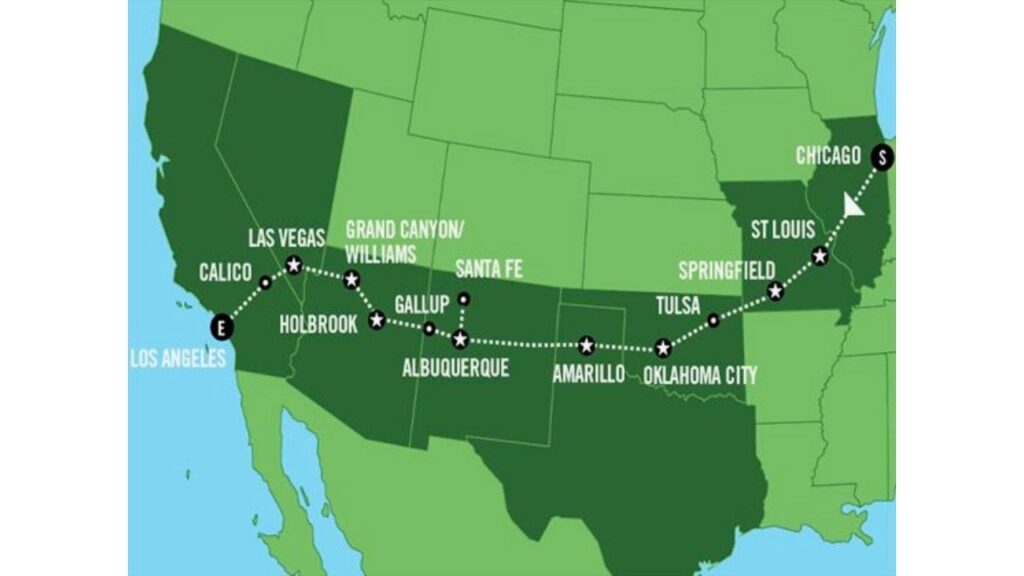
Before diving into the nitty-gritty of planning, let’s consider why Route 66 holds such a special place in the hearts of travelers. It’s more than just a road; it’s a living museum, a testament to American ingenuity and the spirit of exploration. Driving along its winding path allows you to:
- Step Back in Time: Experience the charm of vintage diners, quirky roadside attractions, and historic landmarks that have stood the test of time.
- Witness Diverse Landscapes: Journey through eight states, each offering its own unique scenery, from the cornfields of Illinois to the deserts of Arizona and the beaches of California.
- Connect with Americana: Immerse yourself in the culture and history that shaped America, encountering friendly locals and hearing their stories.
- Create Unforgettable Memories: Embark on a truly unique adventure that will stay with you long after you’ve reached the end of the road.
Imagine yourself cruising down a seemingly endless highway, the sun setting in a blaze of color over the vast plains of Oklahoma. You pull into a retro diner, the smell of freshly brewed coffee and sizzling burgers filling the air. A friendly waitress with a warm smile greets you, eager to hear tales of your journey. These are the moments that make a Route 66 road trip so special.
Mapping Your Route: Must-See Stops Along the Mother Road
Route 66 winds its way through eight states, each offering a unique blend of history, culture, and natural beauty. Here’s a state-by-state glimpse of some of the must-see stops:
1. Illinois
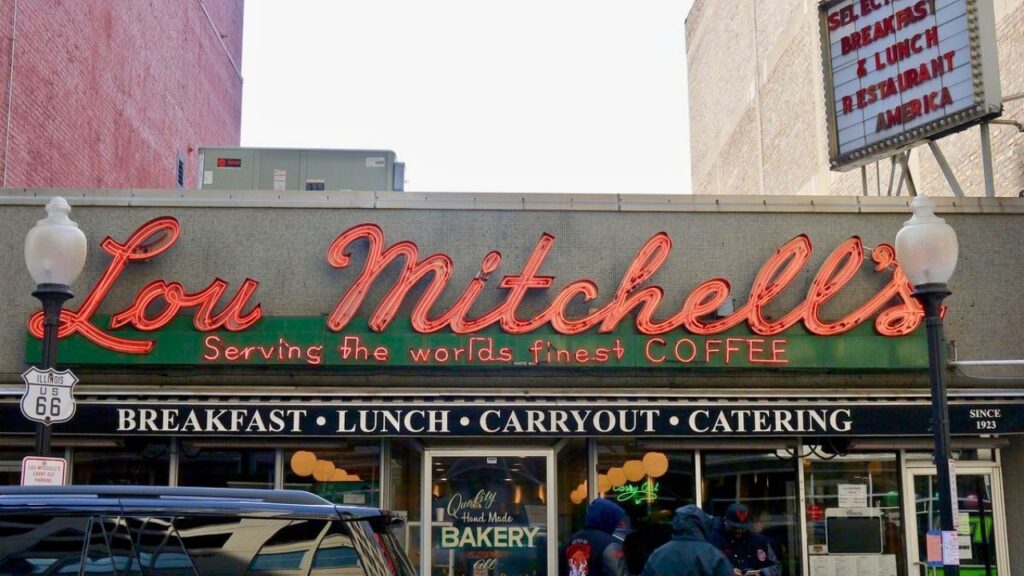
The journey begins in the “Windy City” of Chicago, where you can find the official start sign of Route 66. As you head south through Illinois, don’t miss:
- Lou Mitchell’s Restaurant (Chicago): A legendary diner serving up classic American breakfast since 1923.
- Gemini Giant (Wilmington): A towering fiberglass statue of a spaceman, a classic roadside attraction.
- Dixie Truck Stop (McLean): A historic truck stop that has been serving travelers since 1928.
- Abraham Lincoln Presidential Library and Museum (Springfield): Delve into the life and legacy of the 16th U.S. President.
2. Missouri
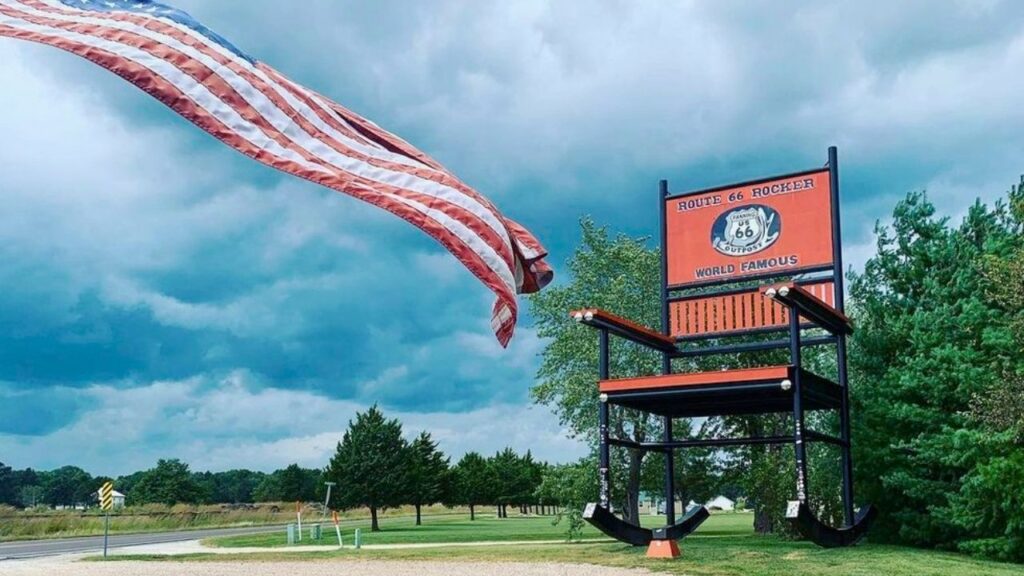
Crossing into Missouri, you’ll encounter the iconic Gateway Arch in St. Louis. Other highlights include:
- Gateway Arch National Park (St. Louis): Take a tram ride to the top for panoramic views of the city and the Mississippi River.
- Meramec Caverns (Stanton): Explore a vast network of underground caves with stunning formations.
- World’s Largest Rocking Chair (Fanning): A quirky roadside attraction perfect for a photo opportunity.
- Uranus Fudge Factory and General Store (Waynesville): A playfully themed stop with delicious fudge and unique souvenirs.
3. Kansas
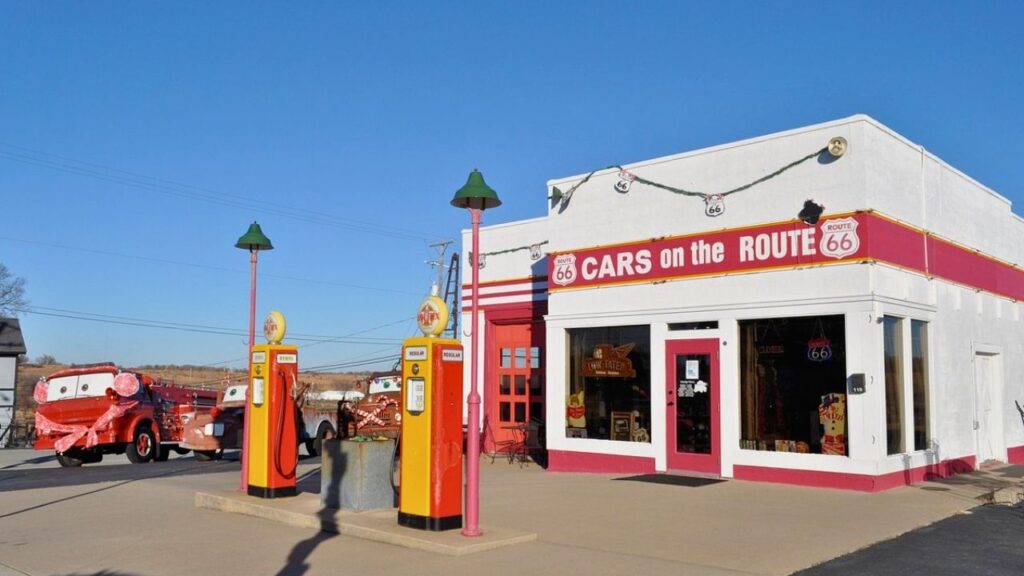
While Kansas boasts the shortest stretch of Route 66 (just over 13 miles), it’s worth a stop:
- Cars on the Route (Galena): Home to the truck that inspired the character “Tow Mater” in the movie Cars.
4. Oklahoma

Oklahoma boasts the longest drivable stretch of Route 66 and is rich in Native American history and culture:
- Blue Whale of Catoosa: A whimsical concrete sculpture of a blue whale in a pond.
- Route 66 Museum (Clinton): Learn about the history and significance of the Mother Road.
- Lucille’s Roadhouse (Hydro): A beautifully restored gas station and diner.
- National Cowboy & Western Heritage Museum (Oklahoma City): Explore the art and history of the American West.
5. Texas

The Texas panhandle offers a unique blend of landscapes and attractions:
- Cadillac Ranch (Amarillo): A field of ten Cadillacs buried nose-first in the ground, a popular spot for graffiti art.
- Big Texan Steak Ranch (Amarillo): Home of the famous 72-ounce steak challenge.
- MidPoint Cafe (Adrian): Officially the midpoint of Route 66.
6. New Mexico
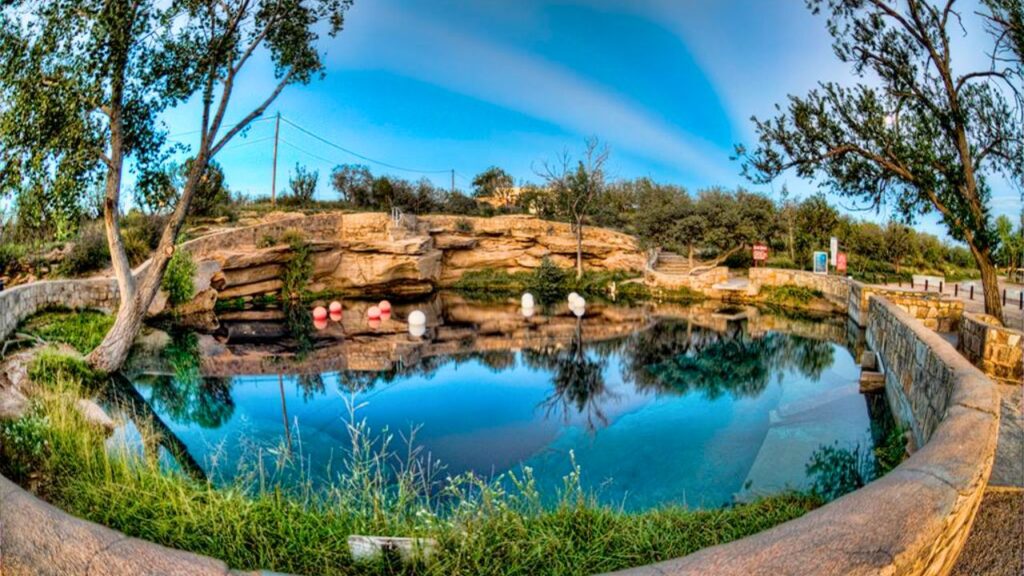
New Mexico’s section of Route 66 is steeped in Native American and Spanish colonial history:
- Blue Hole (Santa Rosa): A stunningly clear natural swimming hole.
- Petroglyph National Monument (Albuquerque): View ancient rock carvings.
- El Rancho Hotel (Gallup): A historic hotel that once hosted numerous Hollywood stars.
7. Arizona

Arizona showcases some of the most dramatic landscapes along Route 66:
- Petrified Forest National Park: Explore a surreal landscape of ancient petrified wood.
- Painted Desert: Marvel at the vibrant colors of this geological wonder.
- Wigwam Motel (Holbrook): Sleep in a concrete teepee.
- Grand Canyon National Park (South Rim): A short detour off Route 66, but an absolute must-see.
- Hackberry General Store: A beautifully preserved historic general store.
- Kingman: Known as the “Heart of Historic Route 66.”
8. California
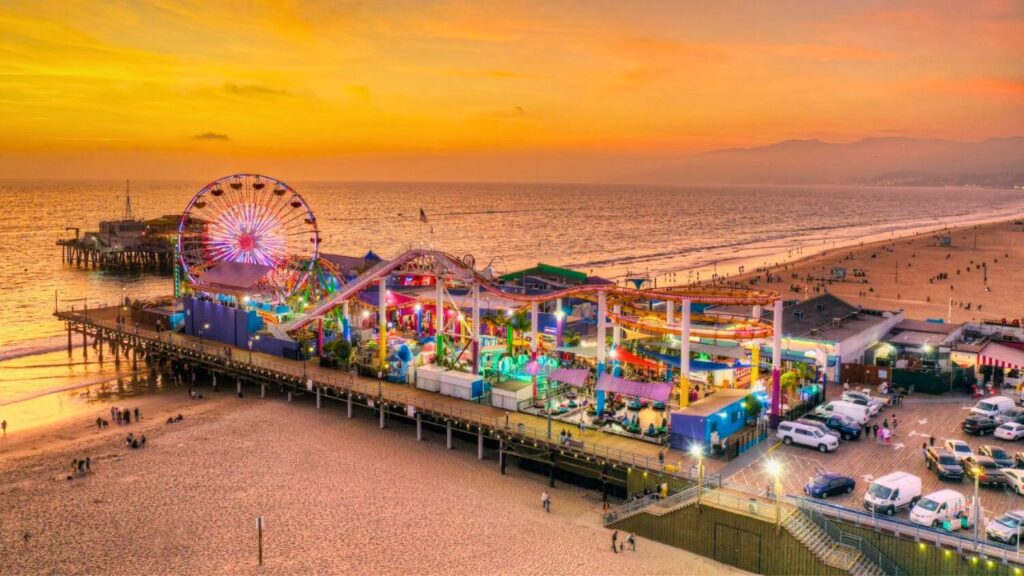
The final leg of the journey takes you through the Mojave Desert and into the vibrant city of Los Angeles:
- Calico Ghost Town: A former silver mining town that has been restored as a tourist attraction.
- Bottle Tree Ranch (Oro Grande): An artistic display of colorful glass bottles on metal trees.
- Santa Monica Pier: The official end of Route 66, marked by a famous sign.
This is just a small selection of the countless attractions and quirky stops you’ll encounter along Route 66. Be sure to do your own research and discover hidden gems that pique your interest.
Planning Your Epic Route 66 Adventure
A successful Route 66 road trip requires careful planning. Here’s a breakdown of the key aspects to consider:
Determining Your Timeframe
The length of your Route 66 adventure will largely depend on your interests and the amount of time you have available. While it’s possible to drive the entire route in as little as two weeks, many travelers recommend dedicating at least three to four weeks to fully experience its charm and attractions. Consider the following factors when deciding on your timeframe:
- Number of Stops: The more attractions and detours you want to include, the longer your trip will take.
- Driving Pace: Do you prefer to cover long distances each day or take a more leisurely approach, spending more time in each location?
- Budget: A longer trip will naturally incur higher costs for accommodation, food, and activities.
Choosing Your Direction: East to West or West to East?
The traditional route runs from Chicago to Santa Monica, but there’s no right or wrong way to experience Route 66. Each direction offers a slightly different perspective:
- East to West (Chicago to Santa Monica): This is the classic direction, allowing you to follow the historical flow of migration and westward expansion. The anticipation builds as you journey towards the Pacific Ocean.
- West to East (Santa Monica to Chicago): This direction offers the advantage of ending your trip in a major city like Chicago, with potentially cheaper flights home. You also get to experience the iconic “End of the Trail” sign in Santa Monica at the beginning of your adventure.
Ultimately, the choice of direction is a matter of personal preference.
Budgeting for Your Trip
A Route 66 road trip can range from budget-friendly to luxurious, depending on your choices. Here’s a breakdown of potential costs:
| Category | Estimated Daily Cost (per person) | Notes |
| Accommodation | $50 – $150+ | Budget motels, charming historic hotels, or Airbnb options are available. Prices vary depending on location and season. |
| Food | $30 – $70+ | From classic diners to local restaurants, food costs can vary. Consider packing snacks to save money. |
| Gas | Varies | Fuel costs will depend on your vehicle’s fuel efficiency and the current gas prices. The total distance of Route 66 is approximately 2,400 miles. |
| Activities & Entry Fees | $10 – $50+ | Entrance fees for attractions, souvenirs, and any optional activities will add to your budget. |
| Miscellaneous | $10 – $30+ | Factor in costs for tolls (though most of Route 66 avoids toll roads), laundry, and unexpected expenses. |
Tips for Budgeting:
- Travel during the shoulder seasons (spring or fall) for potentially lower accommodation costs and fewer crowds.
- Consider camping for a more budget-friendly accommodation option in some areas.
- Take advantage of free attractions and scenic overlooks.
- Look for deals and discounts on accommodation and activities.
Deciding on Your Vehicle
The choice of vehicle is crucial for a comfortable and enjoyable road trip. Consider the following:
- Reliability: Ensure your vehicle is in good working condition before embarking on such a long journey. Get a tune-up and check tires, fluids, and brakes.
- Comfort: You’ll be spending a significant amount of time in your vehicle, so prioritize comfort, especially if you’re traveling with others.
- Fuel Efficiency: A fuel-efficient vehicle will help you save money on gas.
- Space: Consider the amount of luggage and gear you’ll be carrying.
Many travelers opt for classic cars to enhance the nostalgic experience, but a reliable modern vehicle is equally suitable. Renting a car or RV is also a popular option.
Accommodation Options Along the Route
Route 66 offers a diverse range of accommodation options to suit every budget and preference:
- Historic Motels: Staying in a vintage motel is a quintessential Route 66 experience. Many iconic motels have been lovingly restored and offer a glimpse into the past.
- Chain Hotels: Familiar hotel chains provide reliable and comfortable accommodation along the route.
- Airbnb and Vacation Rentals: These can be a great option for families or groups wanting more space and amenities.
- Campgrounds and RV Parks: If you’re traveling in an RV or prefer camping, numerous campgrounds and RV parks are located along Route 66.
Tip: Book your accommodation in advance, especially during peak season, to ensure availability.
Best Time to Travel Route 66
The best time to travel Route 66 largely depends on your tolerance for heat and crowds:
- Spring (April-May): Pleasant temperatures and blooming wildflowers make spring an ideal time for a road trip.
- Summer (June-August): Summers can be hot, especially in the desert regions of the Southwest. However, it’s also the peak tourist season, with many events and attractions open.
- Fall (September-October): Mild temperatures and stunning fall foliage in some states make autumn another excellent choice.
- Winter (November-March): Winters can be cold and snowy in the northern states, and some attractions may be closed. However, you’ll likely encounter fewer crowds.
Consider your priorities and choose the time of year that best suits your preferences.
Making the Most of Your Route 66 Experience
Beyond the must-see attractions, there are ways to truly immerse yourself in the Route 66 experience:
Embracing the Nostalgia
Route 66 is a journey through time. Embrace the vintage charm of the roadside diners, the neon signs of the old motels, and the stories of the people who have lived and worked along the Mother Road for generations.
Interacting with Locals
Don’t be afraid to strike up conversations with the locals you meet along the way. They often have fascinating stories and insights into the history and culture of their communities.
Imagine stopping at a small-town diner in Oklahoma and chatting with the owner, who has been running the place for over 50 years. They might share tales of the highway’s heyday and the changes they’ve witnessed over the years. These personal interactions can be some of the most rewarding aspects of your trip.
Trying Local Cuisine
Route 66 is a culinary adventure in itself. Be sure to sample local specialties along the way, from classic diner fare to regional dishes. Don’t miss out on opportunities to try authentic barbecue in Missouri, Tex-Mex in Texas, and Native American cuisine in New Mexico.
Taking Plenty of Photos
Route 66 is incredibly photogenic. Capture the iconic landmarks, the stunning landscapes, and the quirky roadside attractions to preserve your memories of this epic journey.
Staying Flexible
While it’s good to have a plan, be prepared to deviate from it. Some of the best discoveries happen when you stumble upon something unexpected. Allow yourself the flexibility to stop and explore places that catch your eye.
Practical Tips for Your Route 66 Journey
To ensure a smooth and enjoyable trip, consider these practical tips:
Packing Essentials
Pack for a variety of weather conditions, as you’ll be traveling through different climates. Here’s a suggested packing list:
| Category | Items |
| Clothing | Comfortable driving clothes, layers for varying temperatures, rain gear, comfortable walking shoes, swimwear (if applicable). |
| Toiletries | Sunscreen, insect repellent, personal hygiene items, any necessary medications. |
| Electronics | Phone, charger, camera, extra batteries or power bank, GPS device or smartphone with navigation apps. |
| Documents | Driver’s license, car insurance information, vehicle registration, hotel reservations, any relevant maps or guidebooks. |
| Other | First-aid kit, reusable water bottle, snacks, sunglasses, hat, small cooler, cash (for places that may not accept cards), a good playlist of music. |
Safety Considerations
- Stay Alert While Driving: Avoid distractions and take breaks when needed.
- Be Aware of Your Surroundings: Especially in less populated areas.
- Carry Emergency Supplies: Such as a flashlight, jumper cables, and basic tools.
- Inform Someone of Your Itinerary: Let a friend or family member know your planned route and schedule.
Navigation
While parts of the original Route 66 have been replaced by Interstate highways, much of the historic road still exists. Here are some navigation tips:
- Use a Dedicated Route 66 Guidebook or App: These resources often highlight the original alignments and points of interest.
- Follow the Historic Route 66 Signage: Look for the iconic brown and white signs along the way.
- Be Prepared for Detours: Sections of the old road may be closed or in poor condition, requiring detours.
Vehicle Maintenance
Ensure your vehicle is well-maintained before your trip. Consider carrying a basic toolkit and knowing how to perform simple maintenance tasks.
Conclusion: The Enduring Allure of the Mother Road
A Route 66 road trip is more than just a vacation; it’s an immersion into American history, culture, and the spirit of adventure. From the bustling streets of Chicago to the sun-kissed beaches of Santa Monica, this iconic highway offers a journey filled with unforgettable sights, sounds, and experiences. By planning your trip carefully and embracing the unexpected, you’re sure to create memories that will last a lifetime. So, pack your bags, hit the road, and discover the magic of the Mother Road for yourself. The open highway awaits!
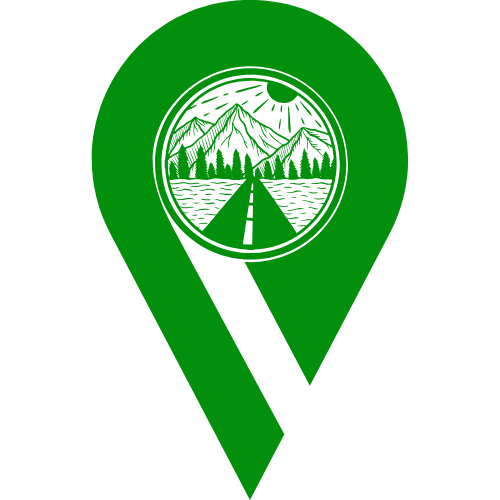
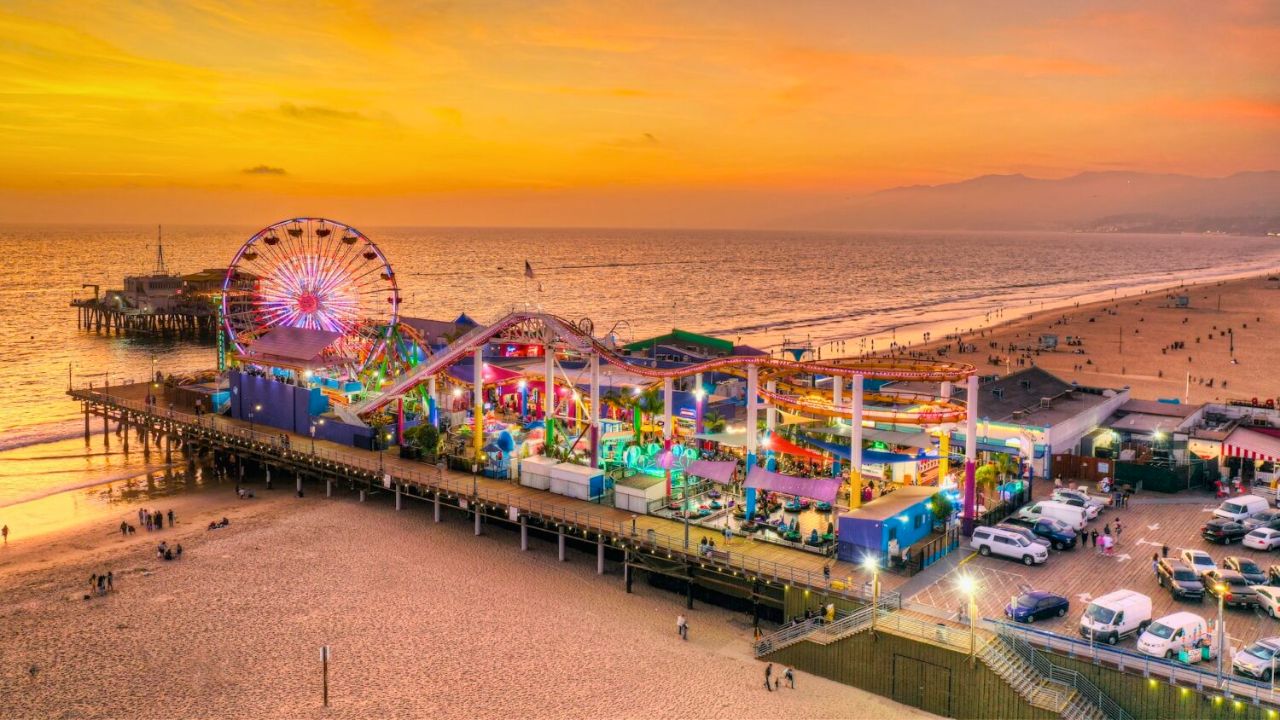
Leave a Reply